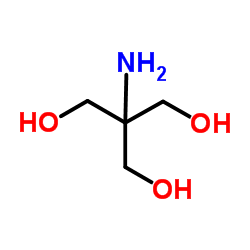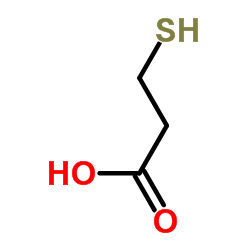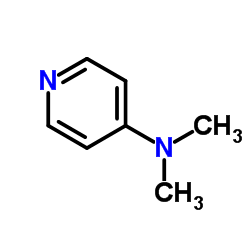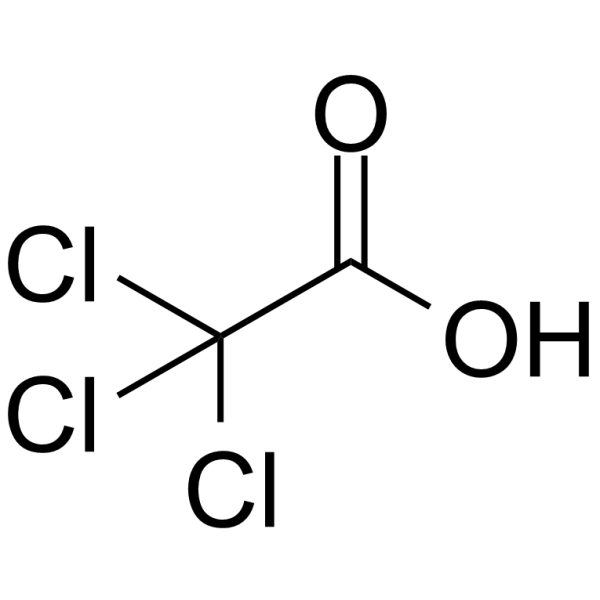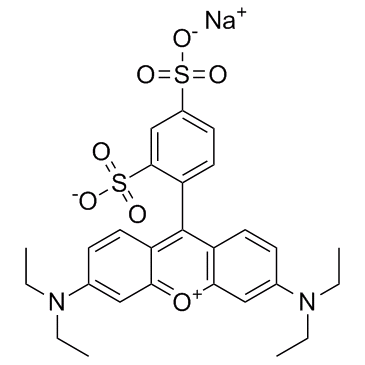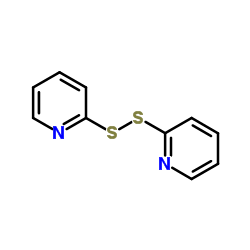Molecular Pharmaceutics
2014-10-06
Novel free-paclitaxel-loaded redox-responsive nanoparticles based on a disulfide-linked poly(ethylene glycol)-drug conjugate for intracellular drug delivery: synthesis, characterization, and antitumor activity in vitro and in vivo.
Xingxing Chuan, Qin Song, Jialiang Lin, Xianhui Chen, Hua Zhang, Wenbing Dai, Bing He, Xueqing Wang, Qiang Zhang
文献索引:Mol. Pharm. 11(10) , 3656-70, (2014)
全文:HTML全文
摘要
To address the obstacles facing cancer chemotherapeutics, including toxicity, side effects, water insolubility, and lack of tumor selectivity, a novel stimuli-responsive drug-delivery system was developed based on paclitaxel-loaded poly(ethylene glycol)-disulfide-paclitaxel conjugate nanoparticles (PEG-SS-PTX/PTX NPs). The formulation emphasizes several benefits, including polymer-drug conjugates/prodrugs, self-assembled NPs, high drug content, redox responsiveness, and programmed drug release. The PTX-loaded, self-assembled NPs, with a uniform size of 103 nm, characterized by DLS, TEM, XRD, DSC, and (1)H NMR, exhibited excellent drug-loading capacity (15.7%) and entrapment efficiency (93.3%). PEG-SS-PTX/PTX NPs were relatively stable under normal conditions but disassembled quickly under reductive conditions, as indicated by their triggered-aggregation phenomena and drug-release profile in the presence of dithiothreitol (DTT), a reducing agent. Additionally, by taking advantage of the difference in the drug-release rates between physically loaded and chemically conjugated drugs, a programmed drug-release phenomenon was observed, which was attributed to a higher concentration and longer action time of the drugs. The influence of PEG-SS-PTX/PTX NPs on in vitro cytotoxicity, cell cycle progression, and cellular apoptosis was determined in the MCF-7 cell line, and the NPs demonstrated a superior anti-proliferative activity associated with PTX-induced cell cycle arrest in G2/M phase and apoptosis compared to their nonresponsive counterparts. Moreover, the redox-responsive NPs were more efficacious than both free PTX and the non-redox-responsive formulation at equivalent doses of PTX in a breast cancer xenograft mouse model. This redox-responsive PTX drug delivery system is promising and can be explored for use in effective intracellular drug delivery.
